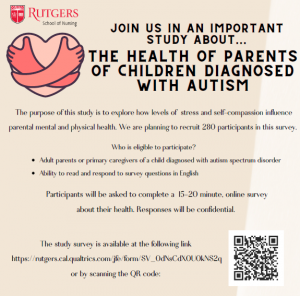The Washington State Department of Health (DOH) is informing Washingtonians that the flu is spreading at a high rate in Washington state right now. The current flu season is early this year and flu deaths are at higher rates than usually seen at this point in the year. As of December 10, 40 people have died from the flu in Washington including three children.
DOH strongly recommends everyone aged 6 months and older get the flu vaccine as soon as possible. It can help keep individuals from getting severe illness or spreading the disease and prevent hospitalizations in an already strained healthcare system. If someone does get the flu when they are vaccinated, it’s typically milder with fewer complications. The vaccine also lowers the risk of needing medical care.
“It’s not too late to get your flu shot, so we urge everyone aged 6 months and older to get vaccinated as soon as possible,” said Umair A. Shah, MD, Secretary of Health. “Flu is spreading rapidly through our state and getting your flu shot now helps to protect us all, especially as we plan to gather for holidays and events.”
The most common strain of flu seen so far this year is influenza A (H3N2). This strain typically causes more severe disease. All available flu vaccines provide protection against H3N2.
Remember that the flu can be serious and deadly, even for young and otherwise healthy adults. Flu can be especially dangerous to people who are under five years old, aged 65 or older, pregnant, immunocompromised, or have chronic health conditions.
The flu vaccine is available at most pharmacies, healthcare provider offices, and clinics. The flu vaccine can be received at the same time as any other vaccine.
In addition to the flu, other respiratory illnesses such as COVID-19 and RSV are making both children and adults sick and overloading our hospitals. Individuals can help keep themselves, their family, and their community healthy by getting a flu vaccine and COVID-19 booster and taking other measures to prevent getting sick or spreading illness to others. DOH recommends:
- Get up to date on any vaccines that are due. This includes the yearly flu vaccine and any COVID-19 boosters for those 6 months and older. Vaccination is your best defense against many serious diseases.
- Wash your hands frequently with soap and water. Use hand sanitizer when soap is not available, and hands are not visibly soiled.
- Consider wearing a mask in crowded or indoor settings.
- Sneeze or cough into the crook of your arm or a tissue so you don’t put germs on your hands or in the air.
- Avoid close contact with people who are sick.
- If you feel sick, stay home.
Find out more at KnockOutFlu.org.


